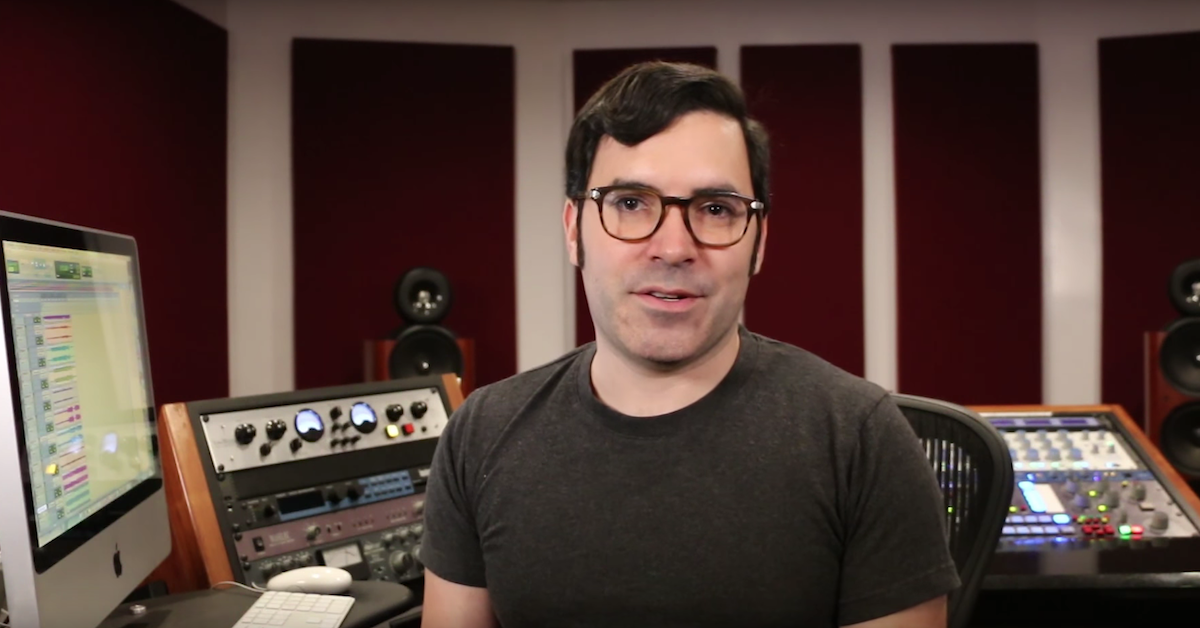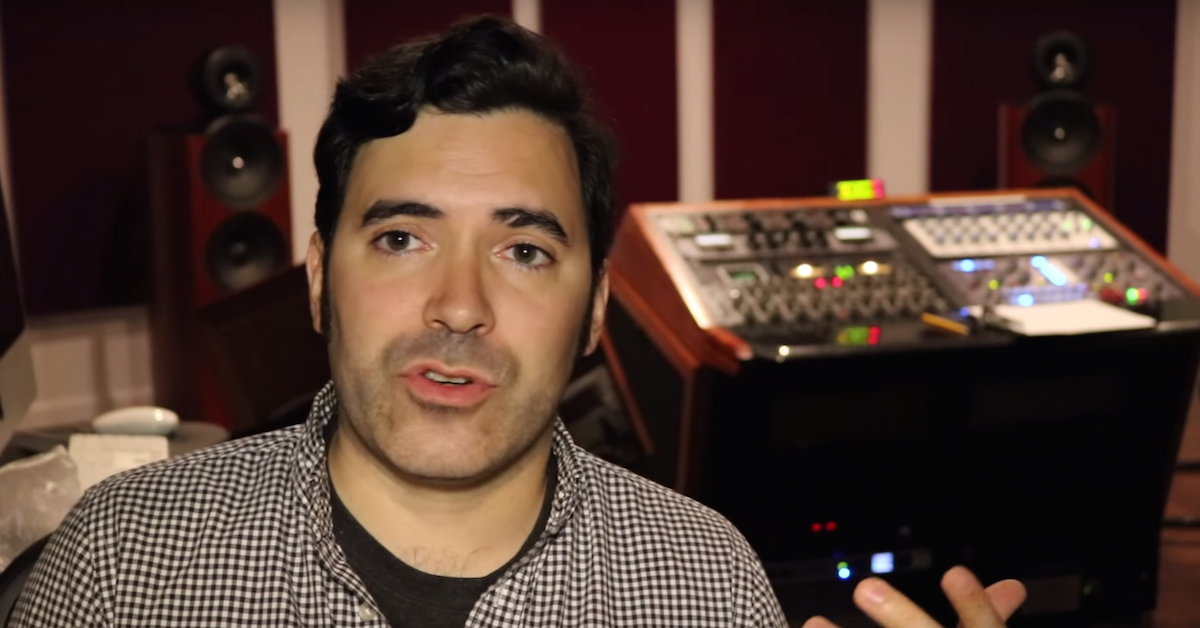5 Steps for Mastering Hip-Hop
Article Content
This article is aimed specifically at artists/producers who are mixing and mastering their own records. I will clear up some confusion on just what exactly “mastering” refers to, as well as present some foundational ideas that will put you in the right direction.
First things first: mastering technically means the process of creating a “master” copy of a record from which all other copies will be produced.
However, it has conventionally come to mean the overall treatment of a record or collection of records. It isn’t mixing, and it isn’t a substitute for mixing. Outside of the broadest EQing and subtlest compression, there really isn’t much that can be addressed in a master that wouldn’t more effectively be addressed in the mix.
However, Hip-Hop has found itself in a place where a lot of weight is put on the master in terms of the overall final outcome. Products like iZotope Ozone which include a multiband compressor, a harmonic exciter, and a reverb, have led people to believe that mastering takes on a much greater responsibility, or is even equivalent to mixing. I work with the top mastering engineers in Hip-Hop regularly. I don’t know one who regularly uses a harmonic exciter or reverb on a record, except in the rarest of circumstances.
With all of that said, here’s my list of 5 steps for mastering your own Hip-Hop records.
1. Mix it First
Make the mix. Take a day or two away from the mix. Then come back to it and start with mastering.
If you find you are doing things to compensate for specific deficiencies within the mix — go back to the mix! If you can’t hear your vocals enough, why try to fix it by adjusting the entire record when you could simply adjust the vocals or something that may be getting in the way of the vocals.
2. Start With an EQ, and Skip the “Linear Phase”
I don’t really master my own mixes, but I do master other people’s mixes from time to time.
The first thing I’m doing in terms of processing is Equalization. And I’m thinking in broad, technical terms: “Will this record have too much or not enough bass for general playback”, “is the top end stylistically appropriate, or is it too much or too little”, “does the midrange feel open and even, or is there build up in a certain range?” Unless there’s specifically a prominent resonance that the mixer missed, I’m usually looking at fairly broad bands. After listening a bit, my initial move is to start moving a top end shelf around. I’d say about 60% of the time the top end needs some work and is a good place to start. Usually the top end will be a little lack-luster with the exception of vocal sibilance and hi-hats. I’m often fine tuning the top end to compensate for this.
Now, if you have access to the mix you can do a better job of this. Where in mastering I may have to boost some top end, possibly compensate with some smaller attenuation or additional boosts — or maybe even use a multi band compressor just to put the hi-hats back where they belong, you can just go back into the mix and simply turn the hi-hats down a touch as a reaction to the boost that benefits everything else.
This isn’t to say you always want to boost top end. You have to be decisive about what the overall mix needs. Everyone mixes differently.
What I’m suggesting is to experiment with your EQ and see what starts to show up. Oh, and skip the Linear Phase EQs. They have a place, but they’re more marketing than magical. A regular ol’ EQ will do.
3. Compression Is About Feel, Not Level
A common mistake is using compression to get more apparent loudness out of your record. This isn’t always a bad approach if loudness is your goal, but chances are you’re going to take away from the groove in the process. However, if you use a compressor to enhance the groove you will encourage other people to turn up the record when they listen.
How do you do this? Set the compressor with a very high ratio. As high as it will go. From there, fine tune the attack to allow the whole punch of your kick and snare drum to come through, and no slower. Easy enough.
Here’s the tricky part: setting the release. The release time is where you get the magic. Set it so you feel the compressor letting go with the groove of the record. It’s hard to describe this exactly but if you set it to where you hear “movement,” like the whole record is kind of pulsing a bit along with the rhythm, you found the sweet spot. Next you want to back the ratio down until you don’t hear the movement so much as feel it. If you throw the compressor into bypass you shouldn’t hear a dramatic change in the record. Rather you will kind of just feel like the record lost “something.”
Lastly — not every record needs buss compression! I recently mastered an album produced by Stoupe (of Jedi Mind Tricks). While I used some kind of EQ on eleven records I only used buss compression on three of the twelve tracks. The other records just didn’t need it.
4. No One Really Cares About Loudness
Moving into the world of loudness: The reality is, most listeners don’t care that much how loud a record is.
This only becomes a concern when people start A/Bing their records against commercial releases. Turn the limiter up to where it sounds fairly loud, but not distorted or taking away from the depth or punch of the record.
The temptation is to go full throttle into the limiter because louder sounds better over short periods of time. Don’t do it. I know it seems like the right move when so many big commercial releases are extremely loud, but major label releases are selling far less than they used to and are trending back toward less loudness in favor of better feel (e.g. Get Lucky, Blurred Lines, etc.). Of course, loudness is more complicated than simply how you hit the limiter. It’s also a reflection of how the mix was set up. But that’s a whole ‘nother can of worms.
5. Playback in Multiple Locations
Time is money. If you aren’t shelling out for professional mastering then spend a little time. Play the records back in your car, on a boom box, at your friends house, in headphones, on a laptop. Take notes. If it feels right for the system you’re playing it back on, then you’re good money. If not, figure out what’s bugging you and see if it correlates to what you hear in other playback systems.
Alright folks, that about wraps it up.
Quick recap: If you’re doing a lot when mastering, something probably needs to be fixed in the mix. Play around with an EQ just to see what happens, then decide what moves to make (some of which may involve revisiting the mix). Use compression as a tool for driving the groove of the record, if needed. Make your record loud, but not at the expense of the listener’s enjoyment of it (!). And do your due diligence. Engineering is work, so expect to put some work in.





